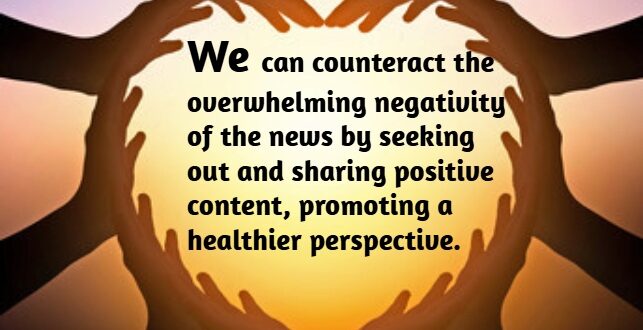10
Sep
2024
Why is negative news so prevalent on social media?
The prevalence of sad or negative news on social media can be attributed to several factors:
1-Emotional Impact: Negative news often elicits stronger emotional reactions, such as fear, anger, or sadness. These reactions can drive higher engagement, increasing negative content visibility.
2- Psychological Bias: Humans are prone to a cognitive bias known as negativity bias. This bias causes negative events or information to have a more significant impact on our psychological state than positive ones of similar intensity. As a result, negative news tends to linger in our minds and is often shared more widely.
3- Algorithmic Amplification: Social media platforms use algorithms designed to maximize user engagement. As negative or sensational content often generates more comments, shares, and likes, these algorithms may inadvertently amplify such content, giving it greater visibility in users’ feeds.
4- Confirmation Bias: Confirmation bias can amplify negative news. People tend to engage with and share content that reinforces their existing beliefs or fears. This can create a cycle where negative news is amplified because it aligns with people’s concerns or anxieties.
5- News Value: From a journalistic perspective, negative news often holds greater newsworthiness. Stories about crises, conflicts, or disasters tend to attract more attention than positive or mundane events.
6- Content Saturation: The sheer volume of content on social media can make negative or controversial stories stand out. Positive news, on the other hand, may be overshadowed by the constant stream of information.
By understanding these dynamics, we can navigate social media more mindfully. We can counteract the overwhelming negativity of the news by seeking out and sharing positive content, promoting a healthier perspective.






